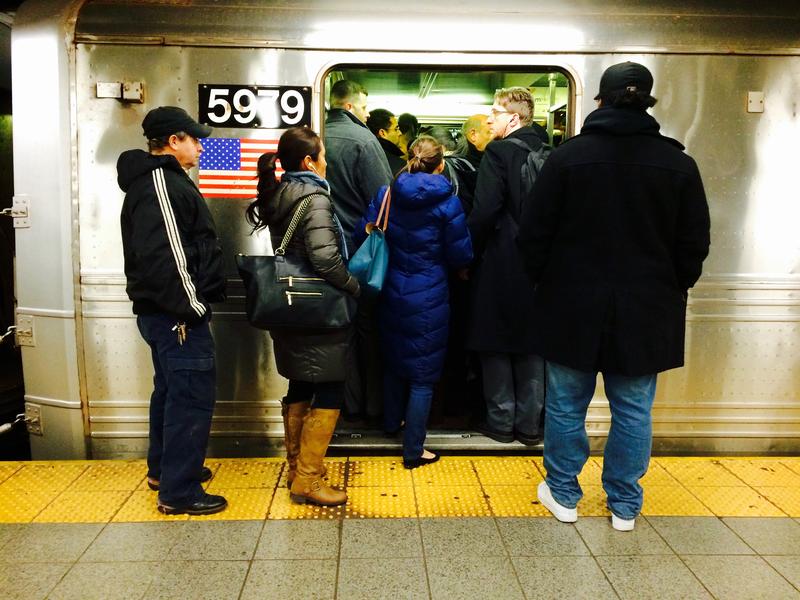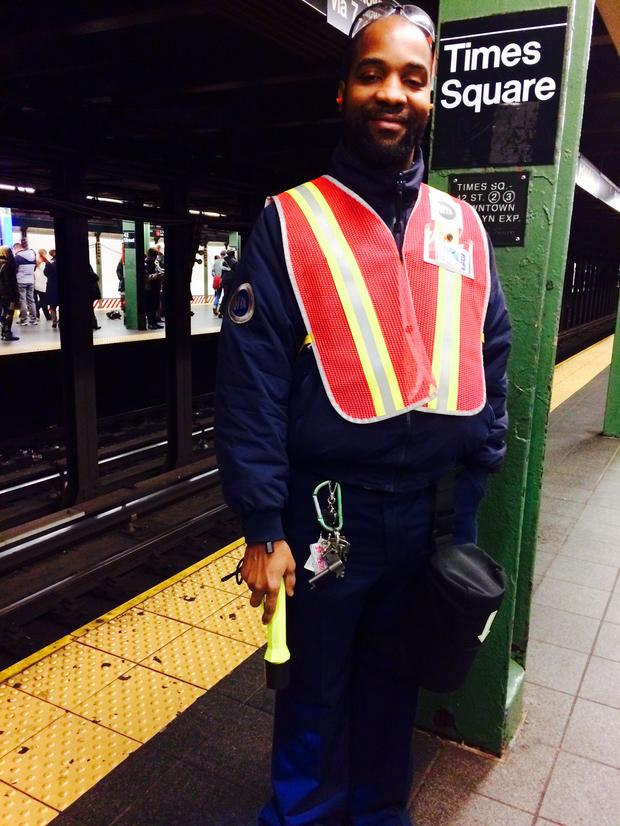 Transportation Nation
Transportation Nation
MTA To Combat Subway Delays With 'Platform Conductors'

There were five days in September when New York City's daily subway ridership exceeded 6 million. November had six such days. MTA officials have called those ridership numbers "unprecedented."
But as ridership grows, so do delays. This year, 25 percent of all subway trains were at least five minutes late. That's a 51 percent increase over last year.
Part of the problem, says MTA chief Tom Prendergast, is that crowded conditions are slowing things down on the platform level. Each subway line has a schedule which accounts for 'dwell time.' That's the length of time it takes from the moment a train pulls into the station to the moment it closes its doors and pulls out again. "So if we're programmed in the schedule for 30 seconds of dwell time at the station, but it's taking 45 seconds to a minute, you will slow down the movement of trains," Prendergast said.
Or as MTA board member Charles Moerdler put it: "You cannot fit more sardines in a sardine can than we do today."
To help speed trains, the MTA will put so-called subway platform conductors at its busiest stations. These orange-vested workers are already in use at the Grand Central 4/5/6 station, and can be seen at Times Square as well.
"They say 'hey listen, you can't get any more people in this door,'" said Prendergast. "Because you know as that door tries to close, until it closes, and the circuit closes, and establishes that all door panels are closed and locked, that train will not move."
(They will not don white gloves and push people onto trains, á la Tokyo.)
The money to pay for these workers will come out of the agency's overtime budget. No cost estimates were available.
"It's a great story that we’re seeing 6 million people today," said Prendergast. “To stay that it presents some challenges is an understatement.”
